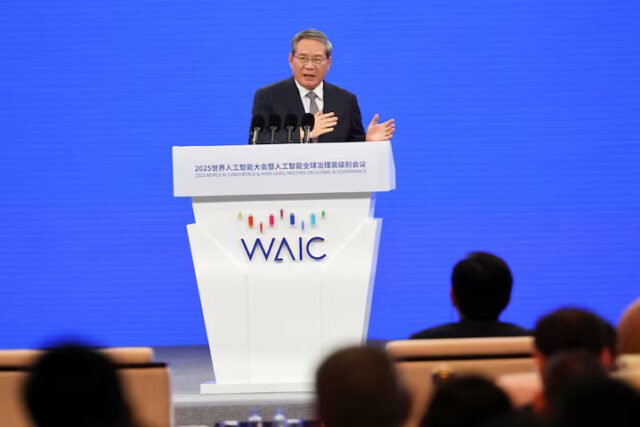U.S. semiconductor giant Nvidia (NVDA) stock edged up today despite reports that its chips were smuggled into China to beat President Trump’s export controls.
Elevate Your Investing Strategy:
- Take advantage of TipRanks Premium at 50% off! Unlock powerful investing tools, advanced data, and expert analyst insights to help you invest with confidence.
Beating Controls
The Financial Times reported today that Nvidia’s high-end B200 processors worth around $1 billion were smuggled to China in the three months after Washington tightened chip export controls at the height of the tariff trade war between the two nations.
The FT stated that the processors, banned for sale in China, are widely available on a thriving Chinese black market for U.S. chips. The FT report cited sales contracts, company filings and insider information.
It stated that in May, multiple Chinese distributors started selling B200s to suppliers of data centers that serve Chinese AI groups. It added that the most likely source of the restricted chips is Southeastern Asian nations.
Nvidia, led by chief executive Jensen Huang, told Reuters that building data centers with smuggled products is inefficient both technically and financially, as the company only offers service and support for authorized products.
It has said that there is no evidence of any “AI chip diversion.” There is no suggestion the company is involved in or has knowledge of its restricted products being sold to China.
AI Race
Nvidia last week said it would be allowed to resume sales to China after the Trump administration reversed an export restriction on the sales of chips such as H20. The curbs were imposed in April.
It comes as the U.S. said it is looking to relax AI export controls and boost infrastructure investment as part of its newly unveiled AI action plan.
At the heart of it is the continued battle for global AI supremacy between the U.S. and China. As can be seen below, Nvidia, which relies heavily on the Chinese market, has good reason to find a careful balance between the two.

That includes pledges from Nvidia to invest billions of dollars in U.S.-manufactured chips and electronics over the next four years, as well as regular trips to China to reaffirm its commitment to the country.
Is NVDA a Good Stock to Buy Now?
On TipRanks, NVDA has a Strong Buy consensus based on 34 Buy, 3 Hold and 1 Sell ratings. Its highest price target is $250. NVDA stock’s consensus price target is $182.49, implying a 5.52% upside.









